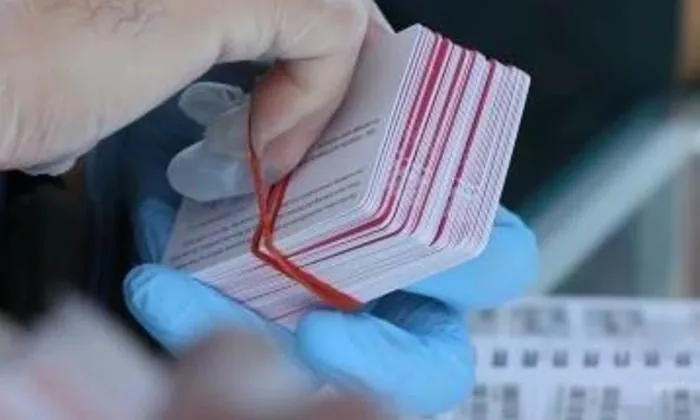
Revolutionizing Asteroid Detection: Heliostats to the Rescue!
2025-07-24
Author: Wei Ling
Could Heliostats Be the Next Big Thing in Asteroid Detection?
In a groundbreaking proposal, Sandia scientist John Sandusky suggests that heliostats—large mirrors typically used for harnessing solar energy—could serve an out-of-this-world purpose: detecting asteroids at night.
"Currently, the heliostat fields sit idle at night. This is a unique opportunity to repurpose them at a minimal cost to find near-Earth objects," Sandusky stated. By identifying potential asteroid threats in advance, we could significantly prepare and mitigate possible impacts.
The Nightly Experiment: Turning Solar Technology Into Space Monitoring
During a summer research project, Sandusky spent countless nights at the National Solar Thermal Test Facility, experimenting with one of the 212 heliostats present.
"These solar towers capture a million watts of sunlight. At night, we're focusing on collecting femtowatts—a millionth of a billionth of a watt—from light scattered off asteroids," Sandusky explained. Essentially, his objective was to track asteroid speed relative to stars, offering an alternative to the costly and time-consuming methods currently employed in planetary defense.
Innovative Methodology: Sweeping the Stars
In an impressive display of ingenuity, Sandusky did not modify the heliostat with new equipment but utilized existing software to gradually adjust its direction. By sweeping the heliostat back and forth every minute, he concentrated on capturing light directed toward the solar tower.
He reminisced about the long waits, explaining, "We spent about 20 minutes between data collection points until dawn. Our aim wasn’t just to find asteroids; we wanted to demonstrate that the heliostat could effectively track stars."
Advancing Technology and Potential Applications
Sandusky emphasizes that this is just the beginning. This innovative approach may not only be more economical than constructing new observatories but could also assist the U.S. Space Force with tracking spacecraft, particularly in the elusive cislunar space.
After presenting his findings at the International Society for Optics and Photonics conference, he is eager to receive feedback from peers in the optics and asteroid-hunting communities. Understanding concerns and limitations is crucial for further development.
Next Steps: A Vision for the Future
Looking ahead, Sandusky aims to leverage the heliostat technology to locate known planets, aiding in the discovery of its capabilities and limitations.
"We aspire to scale this technology up from individual heliostats to clusters that can detect even smaller asteroids," he concluded, hinting at the exciting possibilities this innovative method may bring to the future of planetary defense.



 Brasil (PT)
Brasil (PT)
 Canada (EN)
Canada (EN)
 Chile (ES)
Chile (ES)
 Česko (CS)
Česko (CS)
 대한민국 (KO)
대한민국 (KO)
 España (ES)
España (ES)
 France (FR)
France (FR)
 Hong Kong (EN)
Hong Kong (EN)
 Italia (IT)
Italia (IT)
 日本 (JA)
日本 (JA)
 Magyarország (HU)
Magyarország (HU)
 Norge (NO)
Norge (NO)
 Polska (PL)
Polska (PL)
 Schweiz (DE)
Schweiz (DE)
 Singapore (EN)
Singapore (EN)
 Sverige (SV)
Sverige (SV)
 Suomi (FI)
Suomi (FI)
 Türkiye (TR)
Türkiye (TR)
 الإمارات العربية المتحدة (AR)
الإمارات العربية المتحدة (AR)